I recently ate frog for the first time. If you haven’t had frogs before, the thought of eating them may cause you some revulsion. I felt some myself admittedly when I ordered the salt-roasted legs off the menu, but I had read reviews that said frog meat tastes like chicken, tender and buttery. They also look like fried chicken wings, except smaller, and picking a dish that showcased as little of the batrachian anatomy as possible definitely made it easier for me to overcome my initial hesitation.
After those first nervous bites, I enjoyed the dish, and yes, it did taste like chicken. However, if you cannot eat a particular food item, no matter how hard you try, it’s likely that your negative expectations, more than the taste itself, determine that outcome.
Scientists studying how the brain generates experiences typically examine how it combines different sensory inputs. That’s because, unlike expectations, sensory inputs are directly observable and quantifiable. It’s easy, say, to measure the sugar content in a beverage to determine if it is sweet. But our expectations of that same beverage — set by our beliefs, peers, cultures, and media representations — also shape how we experience the sweetness, and this perception is fiendishly difficult to measure. But thanks to clever new experiments, scientists are uncovering how expectations influence our subjective experience of food.
Finding pleasure and pain in hot sauce
One of the most notable ways expectations shape a culinary experience is through the placebo effect. Merely expecting a pill to work can alleviate pain even in the absence of any therapeutic entity; conversely, in a phenomenon termed nocebo, expecting a treatment to be painful can cause anxiety and pain. Something similar happens with food, and our expectations can elevate or diminish our enjoyment of what we eat.
In a recent study published in PLoS Biology, researchers investigated how expectations of pleasure or pain could cause the brain to interpret the same food differently. Study participants were split into two groups: those who liked hot sauce and those who did not. Both groups tasted samples of high- and low-intensity sauces while their brain activity was mapped with functional magnetic resonance imaging (fMRI). They were also shown brief images of either gray or colored peppers. This visual cue hinted at the spiciness level of the sauce they were about to taste, even though the participants weren’t explicitly told what the cues meant.
“We wanted to understand how information that you’re given might modulate your expectations, how that would affect the experience that you have, how that might affect how your brain represents the stimulus that you experience,” Kenneth Kishida, a neuroscientist at Wake Forest School of Medicine and the study’s corresponding author, told Big Think.

After each tasting, the participants were asked to rate the sauce’s spiciness and how much they enjoyed it. When the group who liked hot sauce expected a mild sauce, thanks to the visual cues, their rating of the heat level was lower than when they tasted the same sauce without any such expectation. Conversely, expectations did not change the rating of the heat level in the group that disliked hot sauce, but they deepened their dislike regardless of whether they were expecting a low- or high-intensity sauce. This finding showed that the subjective taste of the sauce is a product of both the actual and expected spiciness.
The two groups also exhibited remarkably different neurobehavioral responses. Among those who liked hot sauce, expectations of hot sauce increased activity in the brain regions associated with the placebo response, which is also a pleasure signature. On the other hand, brain activity patterns related to pain saw an uptick in the dislike group. Both groups felt the sting of capsaicin, the compound in chilis that causes their burning sensation. However, the negative expectation heightened its intensity for the dislike group.
Why we like the foods we like
It’s not just peppers either. Studies looking at wine show that many factors modulate the drinker’s expectation of how it will taste. These include color gradations, price, label on the bottle, and even the glass a wine is served in.
In one wine-tasting experiment, tasters appraised the same wine differently based on the rating they were provided before they tasted it. Compared to a control group, tasters who were given a positive rating liked it better, while those given a negative rating disliked it more. The wine tasters weren’t merely conformational; the information they received about the wine translated into different sensory perceptions. Those who expected it to be bad were likely more perceptive to clues associated with bad wines.
Moreover, taste is only part of what makes the flavor. The oral cavity picks up smells, known as retronasal olfaction, that are perceived as tastes. The mucous membrane in the mouth can sense chemicals, which is why certain foods can feel cold or hot. Then there’s the texture of the food. These sensations combine to make a coherent and familiar experience; however, as with taste, they are perceived differently based on expectations.

When you bite something that has the texture of candy, you expect it to be sweet. If that doesn’t happen, the experience can be jarring. A 2008 study offered participants pink ice cream that they didn’t know tasted like salmon. Participants tasted what looked like ice cream, had the texture of ice cream, and was scooped out like ice cream but was presented to them labeled as either ice cream or frozen savory mousse. When it was labeled as ice cream, even people who liked salmon mousse abhorred the salmon-flavored ice cream.
As Putu Agus Khorisantono, a cognitive and behavioral neuroscientist at Karolinska Institute, said in an interview: “If you’re expecting ice cream and it suddenly becomes salmon mousse, that expectation is violated, which reduces the pleasantness and makes people perceive it as disgusting.” However, those who thought they were eating frozen savory mousse were better mentally prepared and, consequently, not as disappointed.
The human brain creates an internal model of the world based on past experiences. Expectations of how something should feel or taste create a cognitive shortcut, allowing quick processing of incoming stimuli. But when expectations don’t match the sensory input, like when something that looks like ice cream tastes like salmon mousse, the brain has to adapt its internal model.
Foods that evoke strong negative associations, including for cultural or social reasons, also present examples of expectation violations. Take durian, the fleshy fruit with a notable and often detested smell. To Khorisantono, who grew up eating durian and loves it, the smell doesn’t elicit the expectation that it would taste in a particularly bad way.
“But people who didn’t grow up eating it associate it with the closest thing that it smells like, which a lot of people say is rotten fruits or vegetables or socks,” he said. They don’t expect fruit to smell like that and attach negative expectations that then make it taste worse.
Living up to one’s expectations
The hold of expectations on subjective experiences can be unyielding. Khorisantono admits that even though he researches this phenomenon, he isn’t immune to it. “I would think that bread I got from a nice bakery tastes better than bread I got from a supermarket, even if they were baked by the same baker and had the same ingredients, just because I paid less for it at the supermarket.” Likewise, many people equate expensive food with nutritious food or think expensive wines necessarily taste better.
This doesn’t mean we are bound by our preconceived notions, though. We can use expectations to our advantage. Expectation setting can help shape people’s attitudes towards things they need to do, like eating healthy or going to the gym. Kishida suggested that “if you think about what you plan to do and put those expectations in a positive light, you could put yourself into the right brain state when the moment comes.”
“If you think about what you plan to do and put those expectations in a positive light, you could put yourself into the right brain state when the moment comes.”
Kenneth Kishida
Consider, for instance, getting children to eat their vegetables. Most children hate vegetables, and there is a valid reason for this: Vegetables often taste bitter, and children are more sensitive to bitterness. But another reason why children dislike vegetables is that society expects them to. “There are lots of cartoons and comics where children just hate vegetables and children begin internalizing it,” Khorisantono said, calling it a self-fulfilling prophecy.
Gradually increasing vegetable content in their meals could encourage children to eat more of them. As they eat vegetables along with foods they like, their brain will start associating flavors and textures of vegetables with positive expectations.
In a new study published in the journal Food Quality and Preference, Khorisantono and colleagues showed that prior exposure and hunger make people more receptive to new food combinations and dislike food that they thought was disgusting less. “If we wait until the children are hungry to give them food, that encourages them to like this new aroma and flavor combination, or at least find it less aversive,” he noted.
Looking beyond the senses
The experience of eating any food is not just multisensory but so much more than that. A growing body of research shows that the brain takes into account more than the immediate sensory information in creating the experiences we have.
The neuroscience of expectations could be used to make foods more pleasurable — whether that’s through dietary interventions, like children eating vegetables, or even creating new foods. Imagine foods that tap into our love for fatty foods without the exorbitant fat content. “When we like food because it’s fatty, it’s mostly because of the texture and not because we can taste fat,” Khorisantono said. “If we’re able to develop something that mimics the texture of fat, people would enjoy it as much as they like fat, if they like fatty foods.”
“Your expectations and beliefs about what things are going to be like in the next moments, that’s feeding into it,” Kishida said, adding, “Exactly how that happens is a big open question.” If scientists figure that out, we might be able to leverage neuroscience to make food taste better and understand why we are able or unable to make the choices we do.
This article Your mind shapes how food tastes before the first bite is featured on Big Think.

The post “Your mind shapes how food tastes before the first bite” by Sachin Rawat was published on 01/13/2025 by bigthink.com







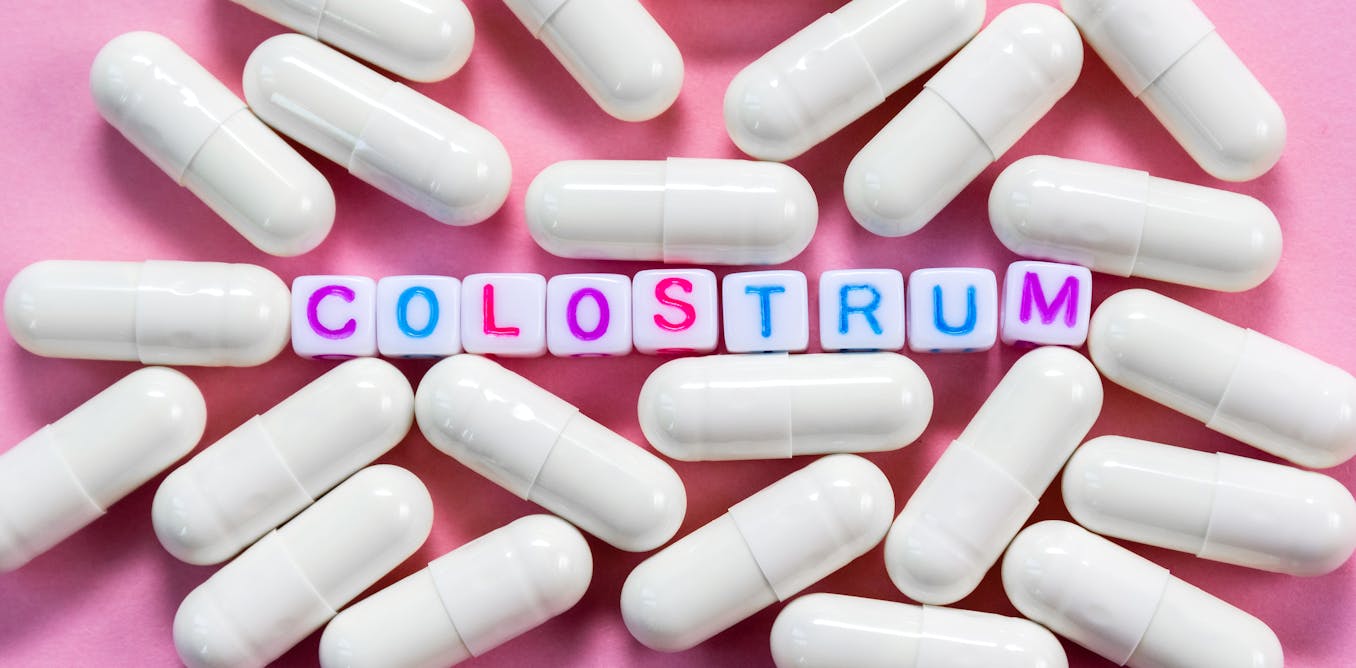
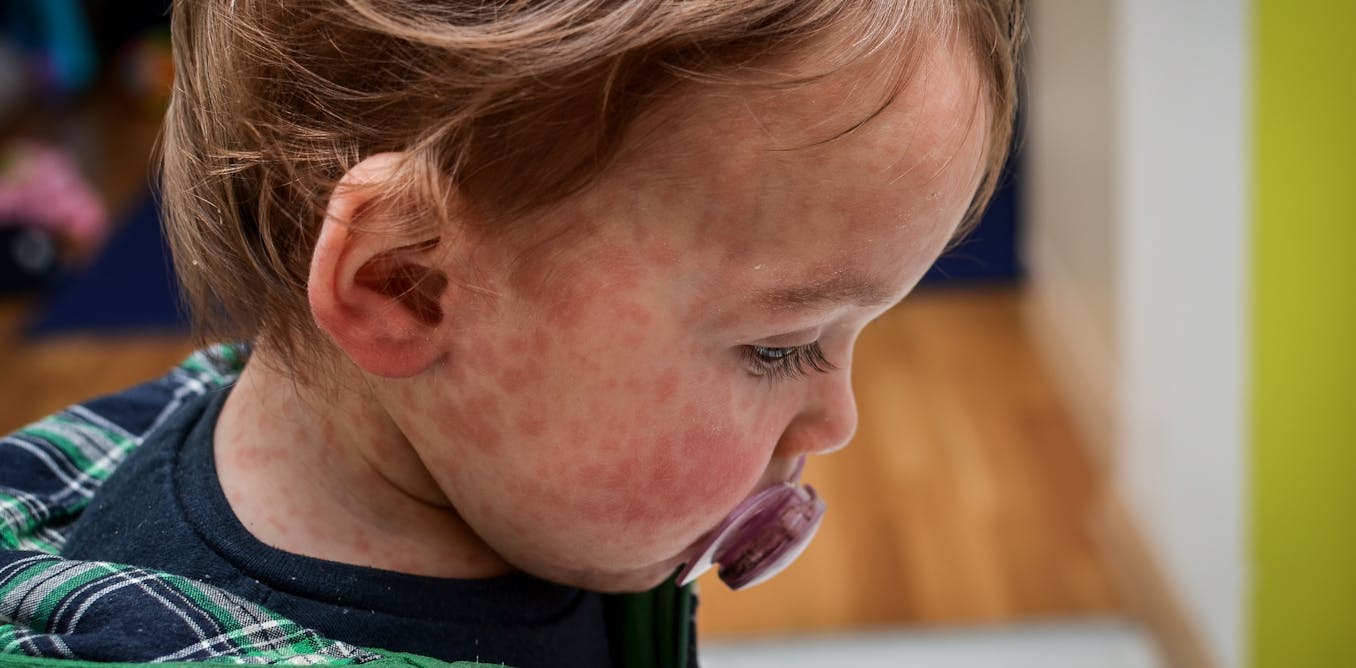

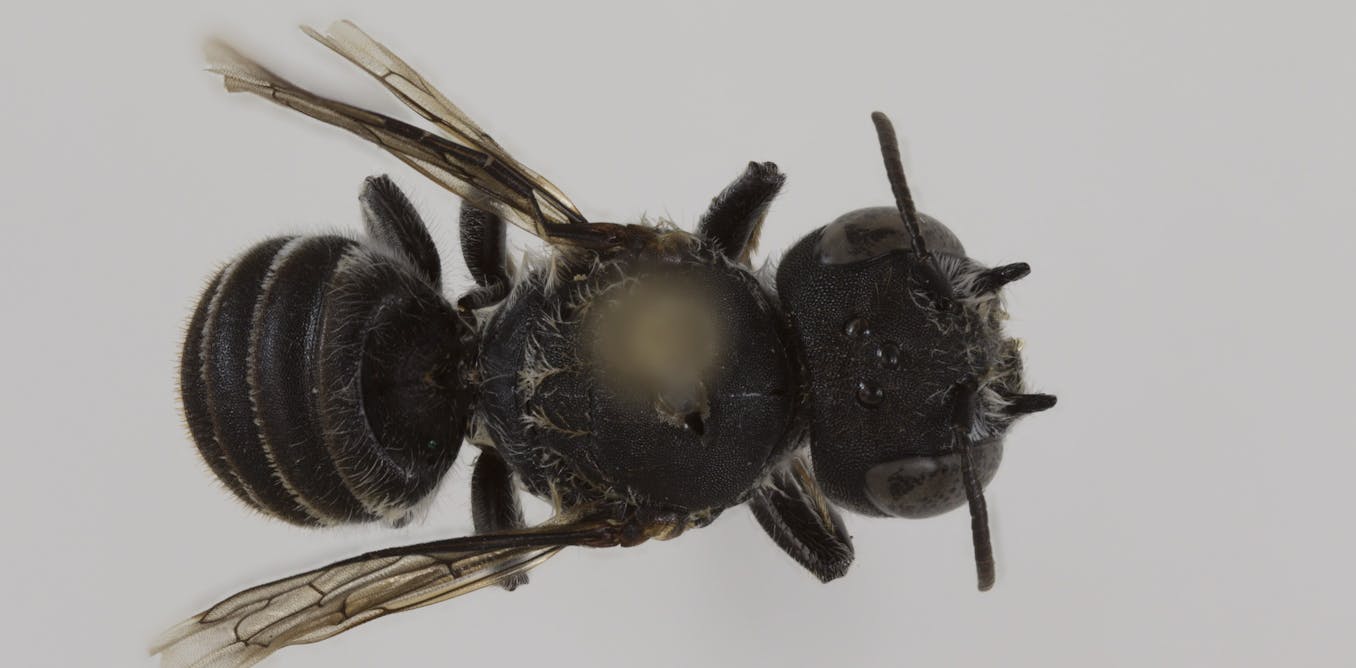



















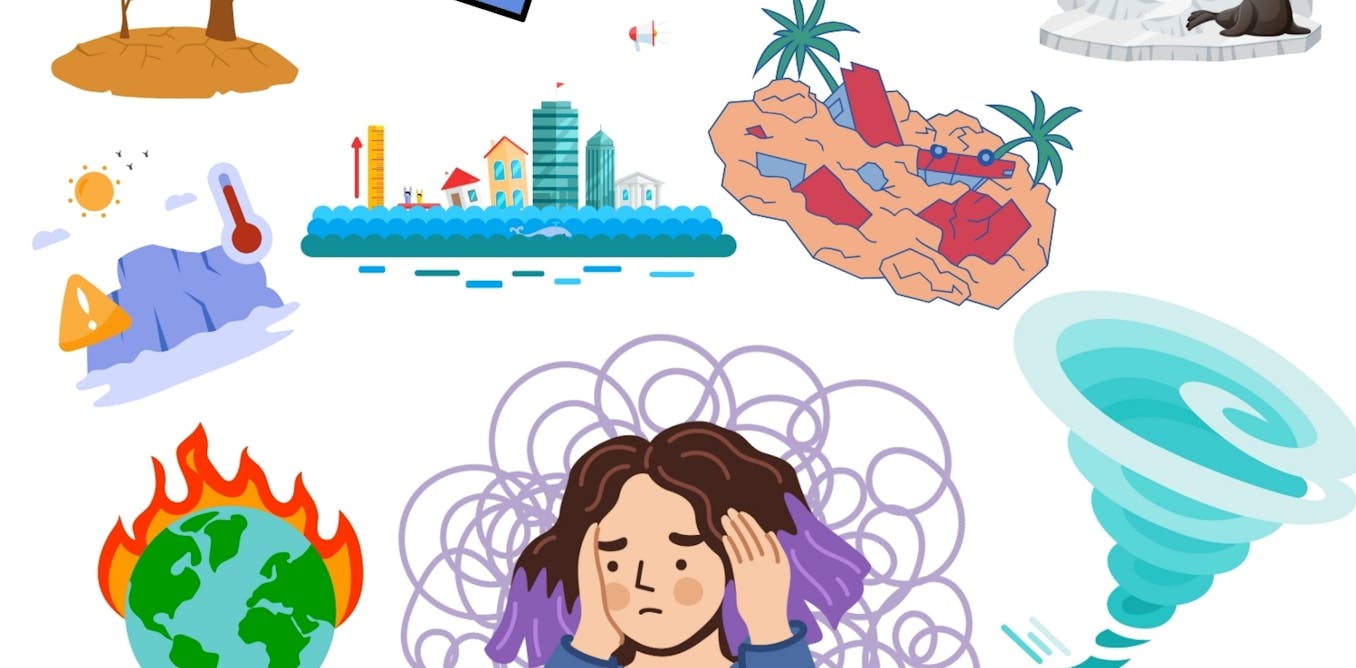
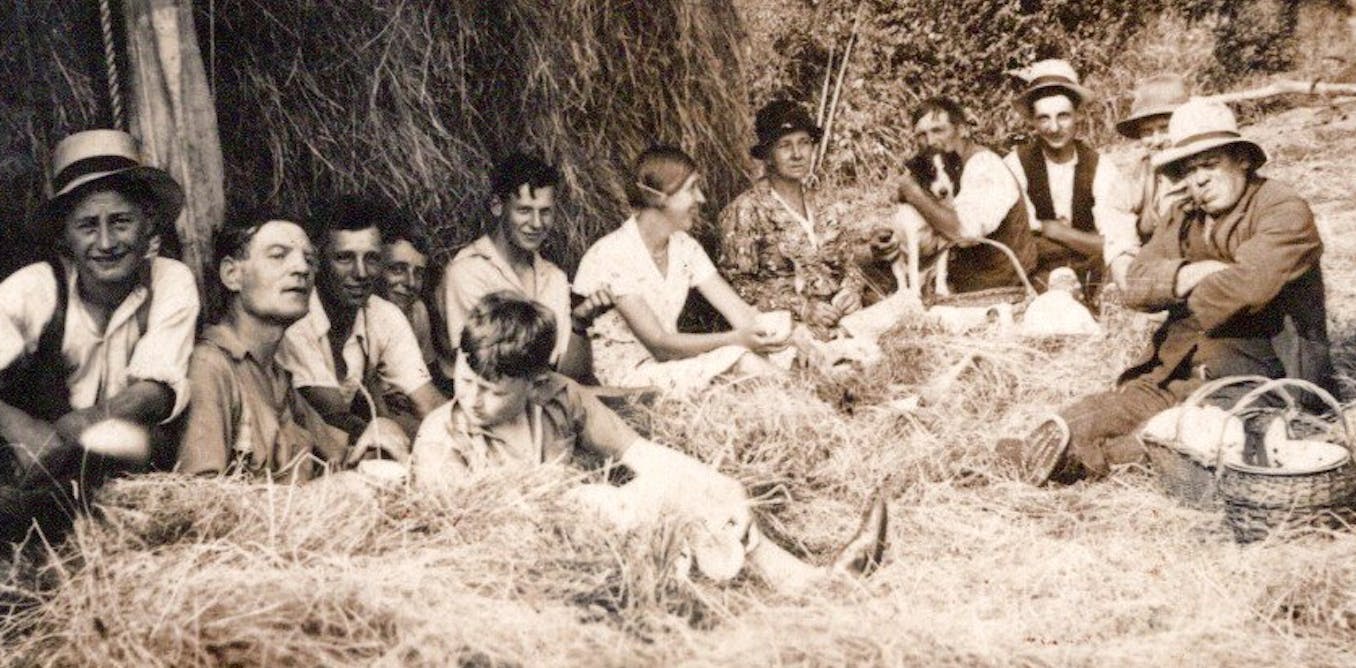





Leave a Reply